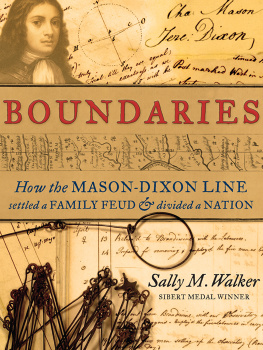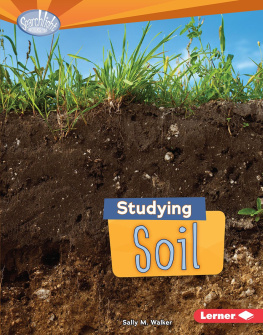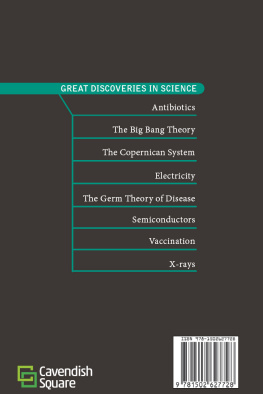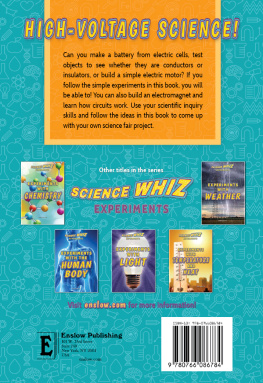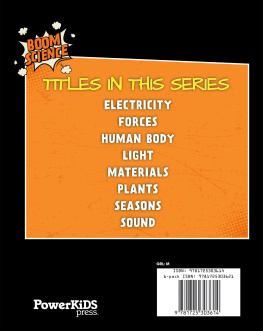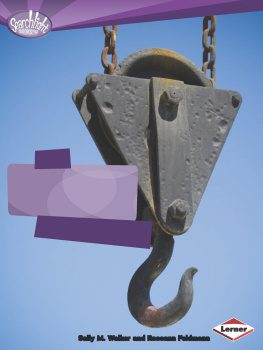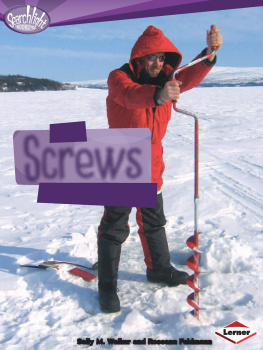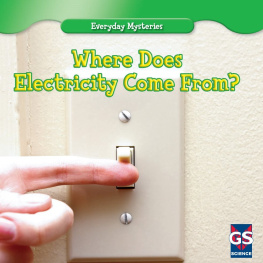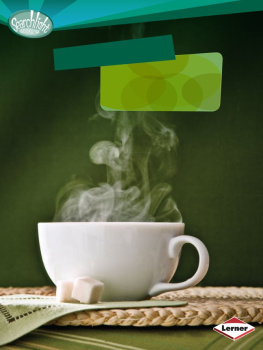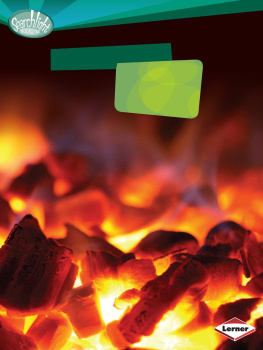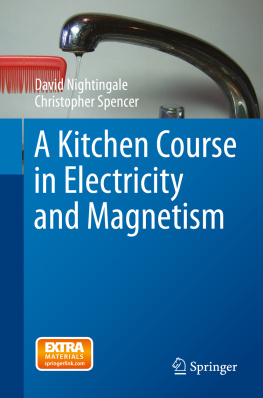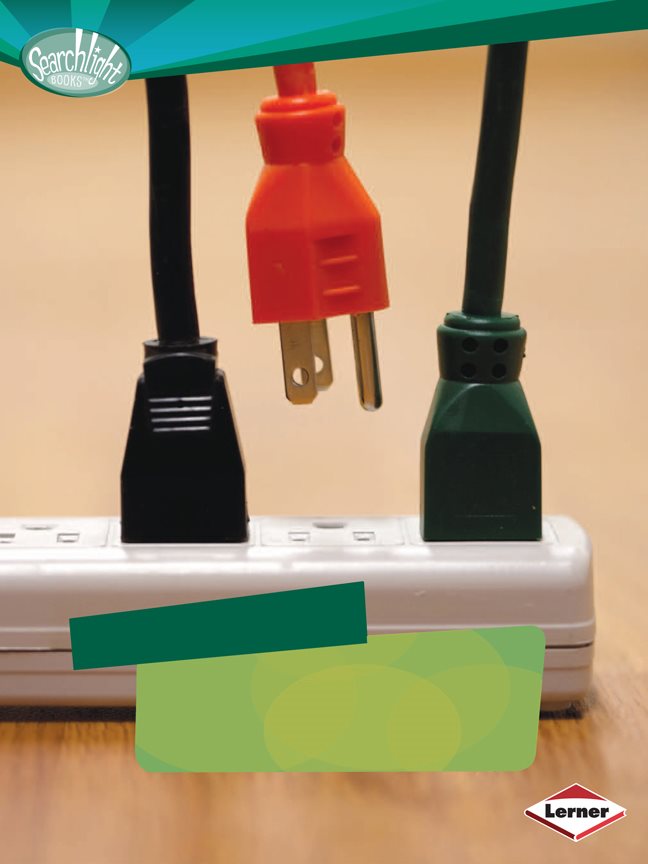Sally M. Walker
Authors note: The experiments in this book use the metric measurement system, as thats the system most commonly used by scientists. Copyright 2012 by Sally M. Walker All rights reserved. International copyright secured. No part of this book may be reproduced, stored in a retrieval system, or transmitted in any form or by any means electronic, mechanical, photocopying, recording, or otherwisewithout the prior written permission of Lerner Publishing Group, Inc., except for the inclusion of brief quotations in an acknowledged review.
Lerner Publications Company A division of Lerner Publishing Group, Inc. 241 First Avenue North Minneapolis, MN 55401 U.S.A. Website address: www.lernerbooks.com Library of Congress Cataloging-in-Publication Data Walker, Sally M. Investigating Electricity / by Sally M. Walker. cm. (Searchlight bookshow does energy work?) Includes index. (Searchlight bookshow does energy work?) Includes index.
ISBN 9780761357728 (lib. bdg. : alk. paper) 1. ElectricityJuvenile literature. Title. Title.
QC527.2 .W356 2012 537dc22 2010035819 Manufactured in the United States of America 1 DP 7/15/11
Contents
Chapter
PEOPLE AND ELECTRICITY Long ago, people lit their homes with candles. Now we use electricity. Electricity is a form of energy. It can be used in many ways. How do people use electricity?
Look around you.
Safety First
Electricity is helpful.
Safety First
Electricity is helpful.
But it can be dangerous! So remember these safety rules. Dont touch electrical outlets. Keep electrical wires away from water. Dont touch cracked wires. Go inside during a thunderstorm. Lightning is electricity.
Electricity is powerful. It can hurt or even kill people.
The experiments
in this book are safe.
But before doing
them, talk with an
adult. He or she
might like to help
you experiment.
ALL SCIENTISTS NEED TO STAY SAFE. ITS SMART TO HAVE AN ADULTS HELP WHEN YOU DO EXPERIMENTS.
Chapter
AMAZING ATOMS When you turn on a lamp, electricity lights the bulb.
But where does electricity begin? It begins inside atoms. Atoms are tiny particles. They are so small you cant see them. How does electricity make a lamp light up?
All of these things are made of atoms. Different kinds of atoms combine in different ways to make up everything we see.
Everything around you is made of atoms.
There are
different kinds of atoms. And they can join together in
different ways. Thats why we have different substances,
like air, apples, and toys.
Three Parts
An atom has three parts. The parts are protons, electrons, and neutrons. Protons and electrons have electrical energy. A protons energy is called a positive charge.
An electrons energy is called a charge. negative Neutrons have no charge. The whole atom doesnt have a charge either. Thats because the protons and the electrons balance each other out.
PARTS OF AN ATOM
nucleus
proton neutron electron electrons orbit We use a plus sign (+) to stand for a positive charge.
These boys and girls are standing near one another.
These boys and girls are standing near one another.
They are like protons and neutrons crowded together in an atoms nucleus. If they are the nucleus, where would the electrons be in this picture?
Protons and
neutrons are in an
atoms center. This
center is called the
nucleus. Electrons
circle around the
nucleus. Their path is
called an orbit. Some
electrons circle close
to the nucleus.
Others
circle farther away.
Free Electrons
Rubbing objects together can move electrons. Sometimes an electron gets knocked out of its orbit. Then it is called a free electron. When you pet a dog, you may be moving electrons around. Rubbing the animals fur can bump the electrons.
A free electron may jump to another atom.
Atoms that gain or lose electrons become ions. An ion is an atom with an electrical charge. Ions with extra electrons have a charge. negative Ions with too few electrons have a charge. positive
AN ELECTRICALLY CHARGED ION
proton neutron electron This atom has lost one of its electrons.
Chapter
ELECTRIC CHARGE Most objects have no charge.
Chapter
ELECTRIC CHARGE Most objects have no charge.
But an object can become charged when it loses or gains electrons. See for yourself.
Experiment Time!
You'll need two balloons, a sheet of paper, a 41- centimeter long piece of string, a yardstick, a marker, and a scissors. How can you use these simple things to make an electrical charge?
Draw several penny-sized circles on the paper. Cut the circles out. Put them on a table.
Draw an X on each balloon. Blow up both balloons. Tie them shut. Pick up one of the balloons. Rub the X against your hair fifteen times. Rubbing makes some electrons in your hair leave their orbits.


